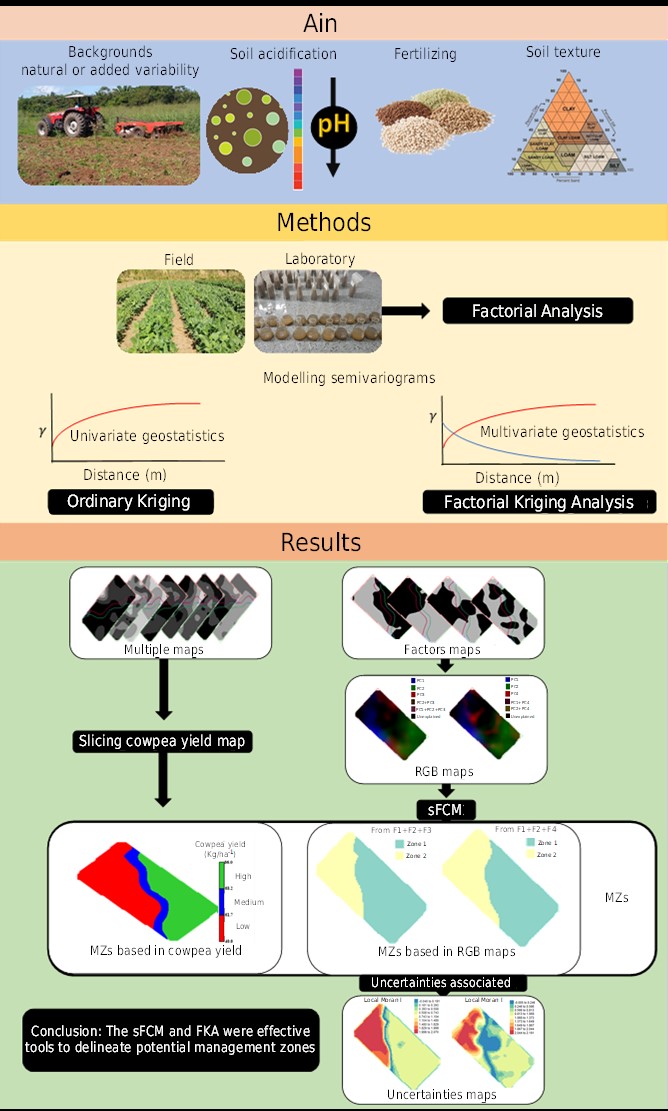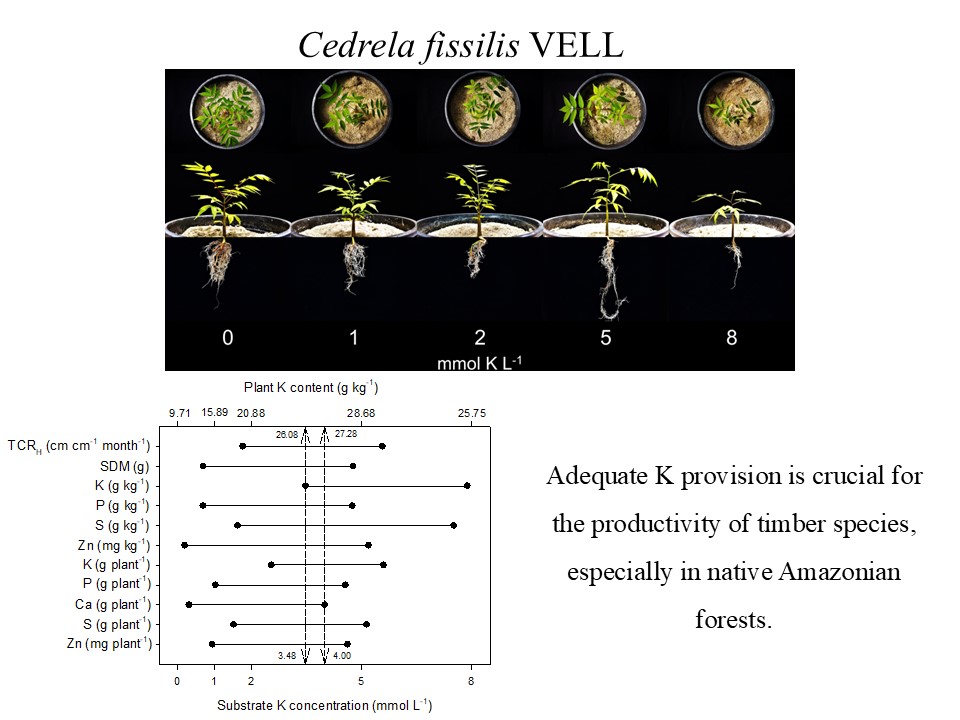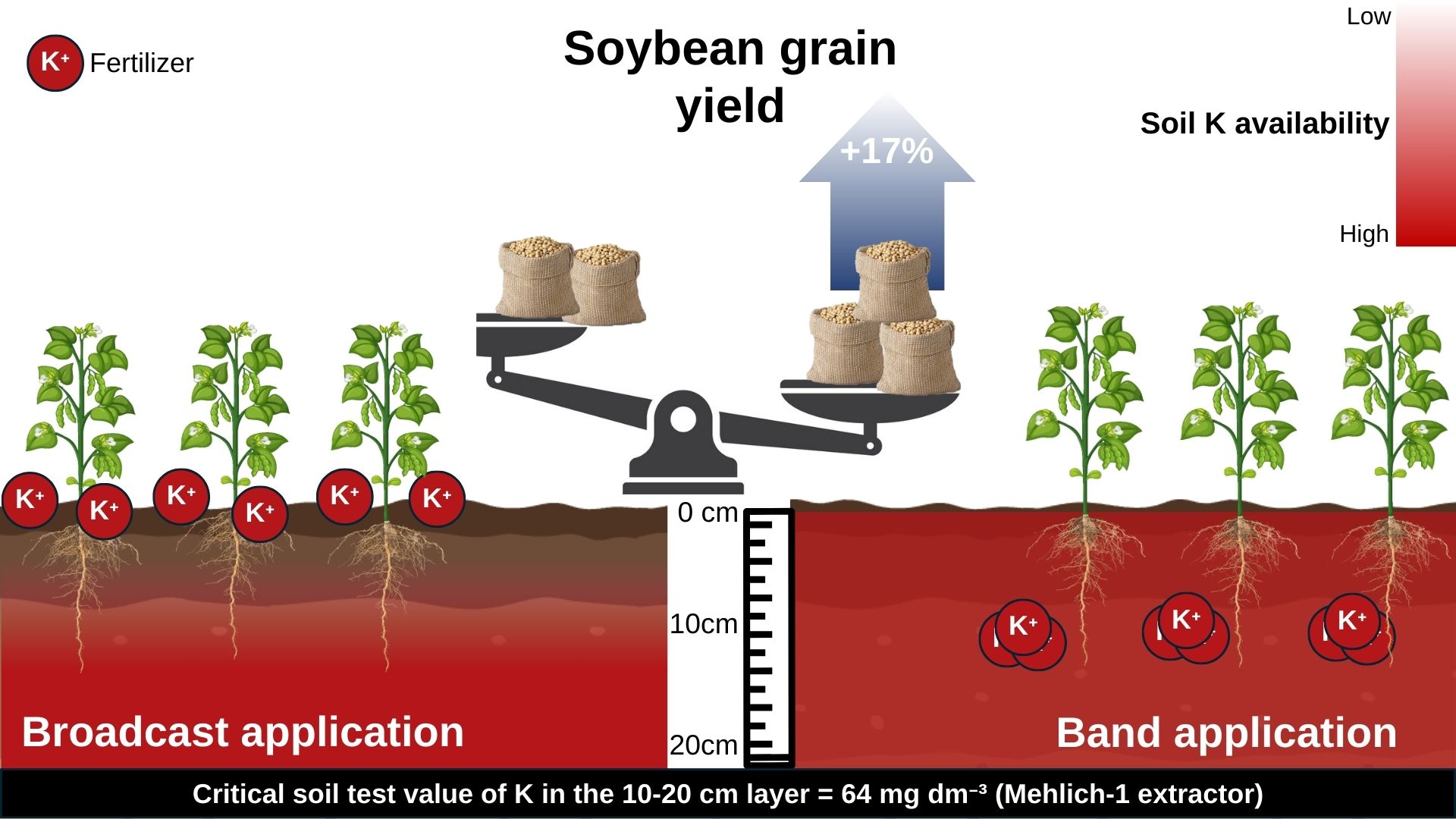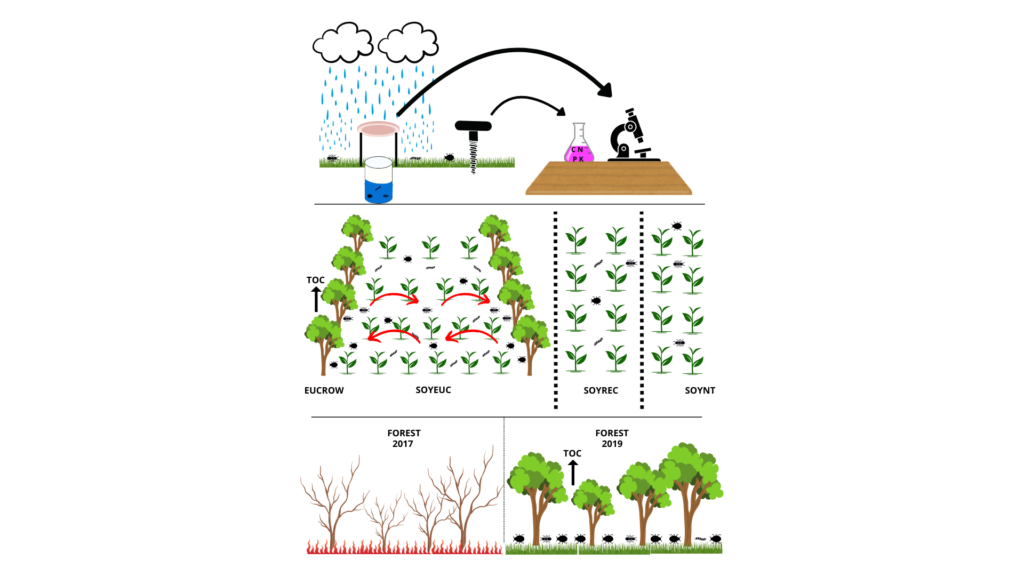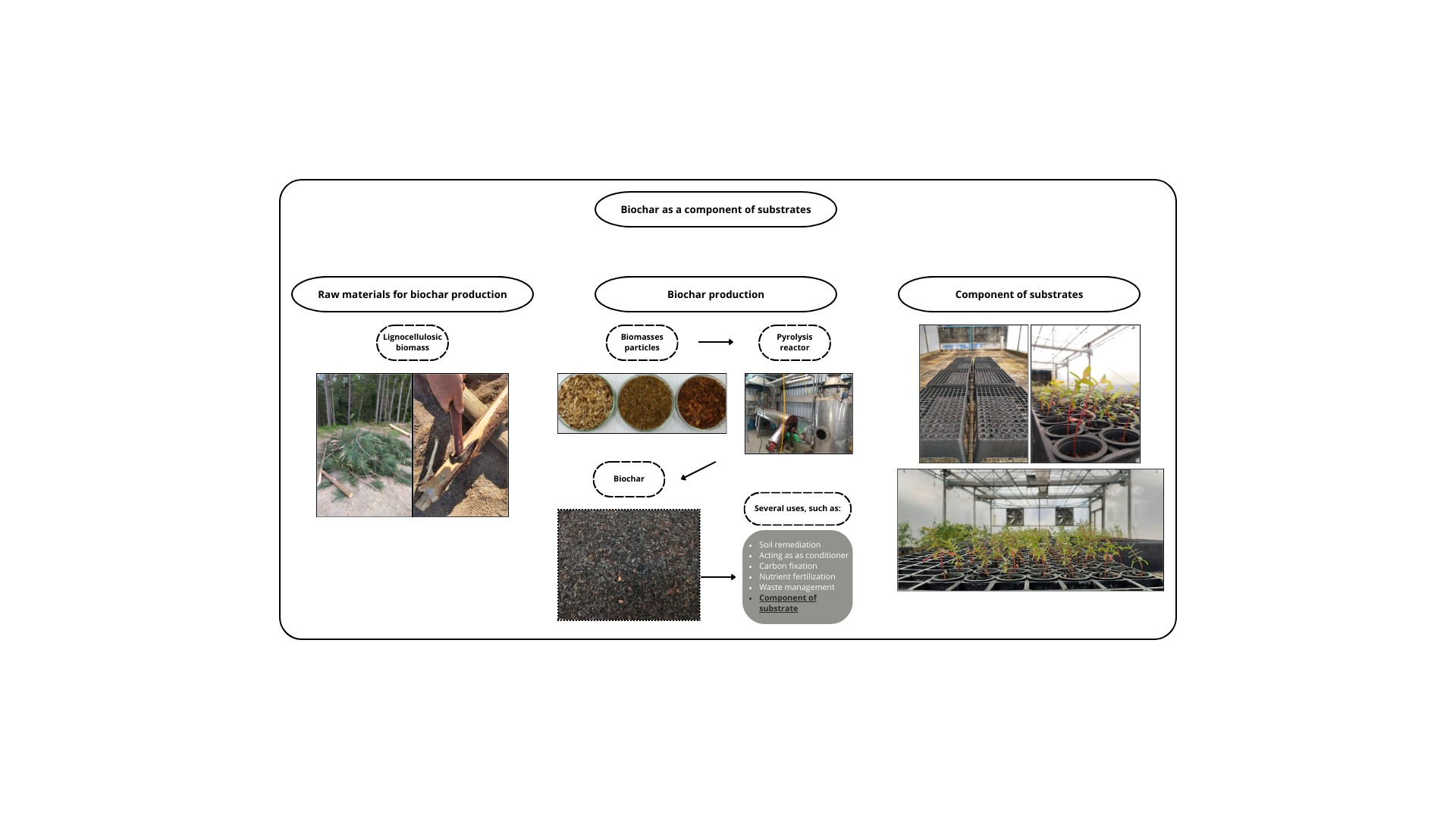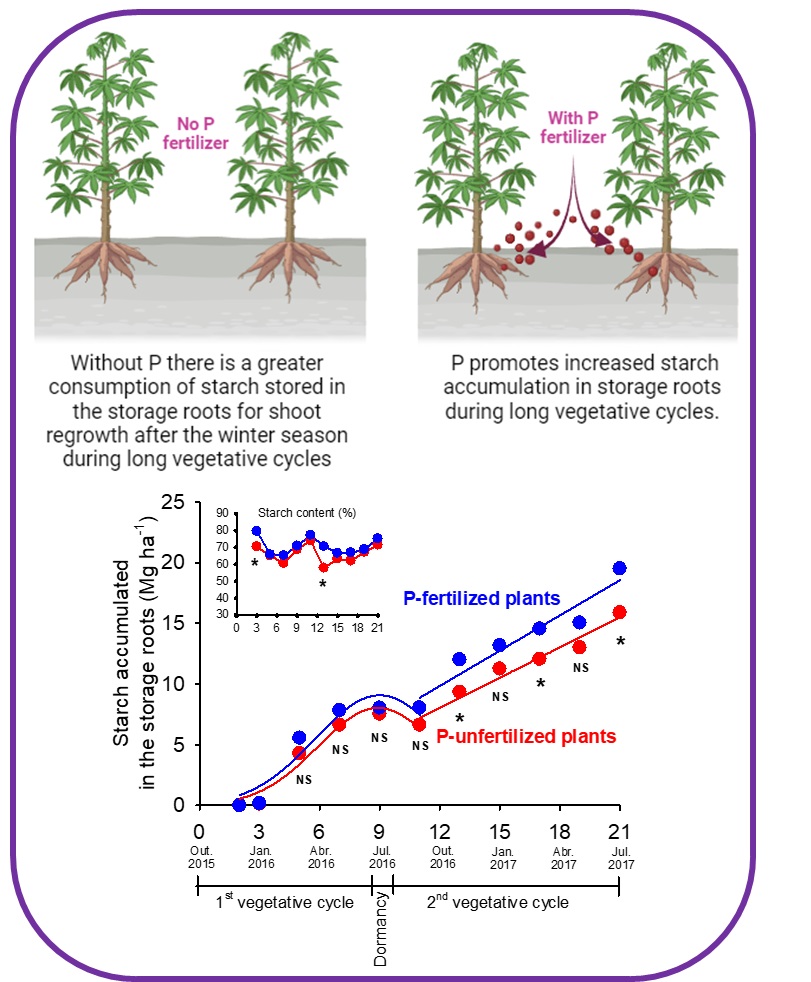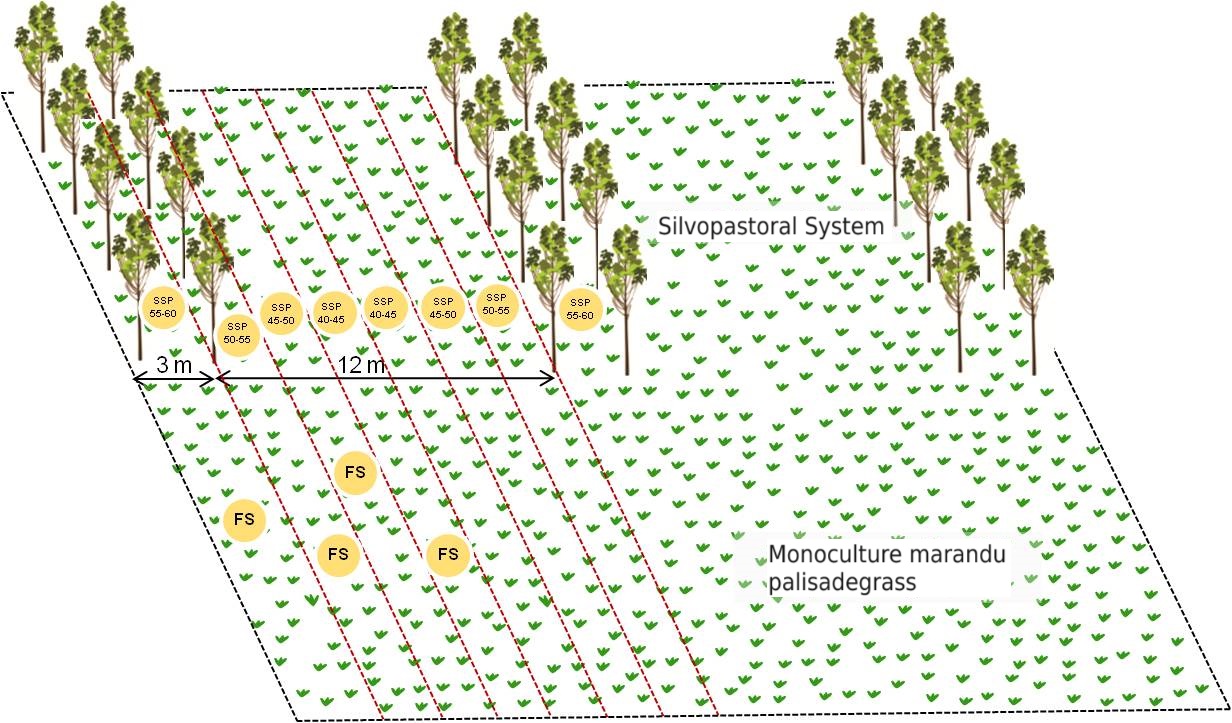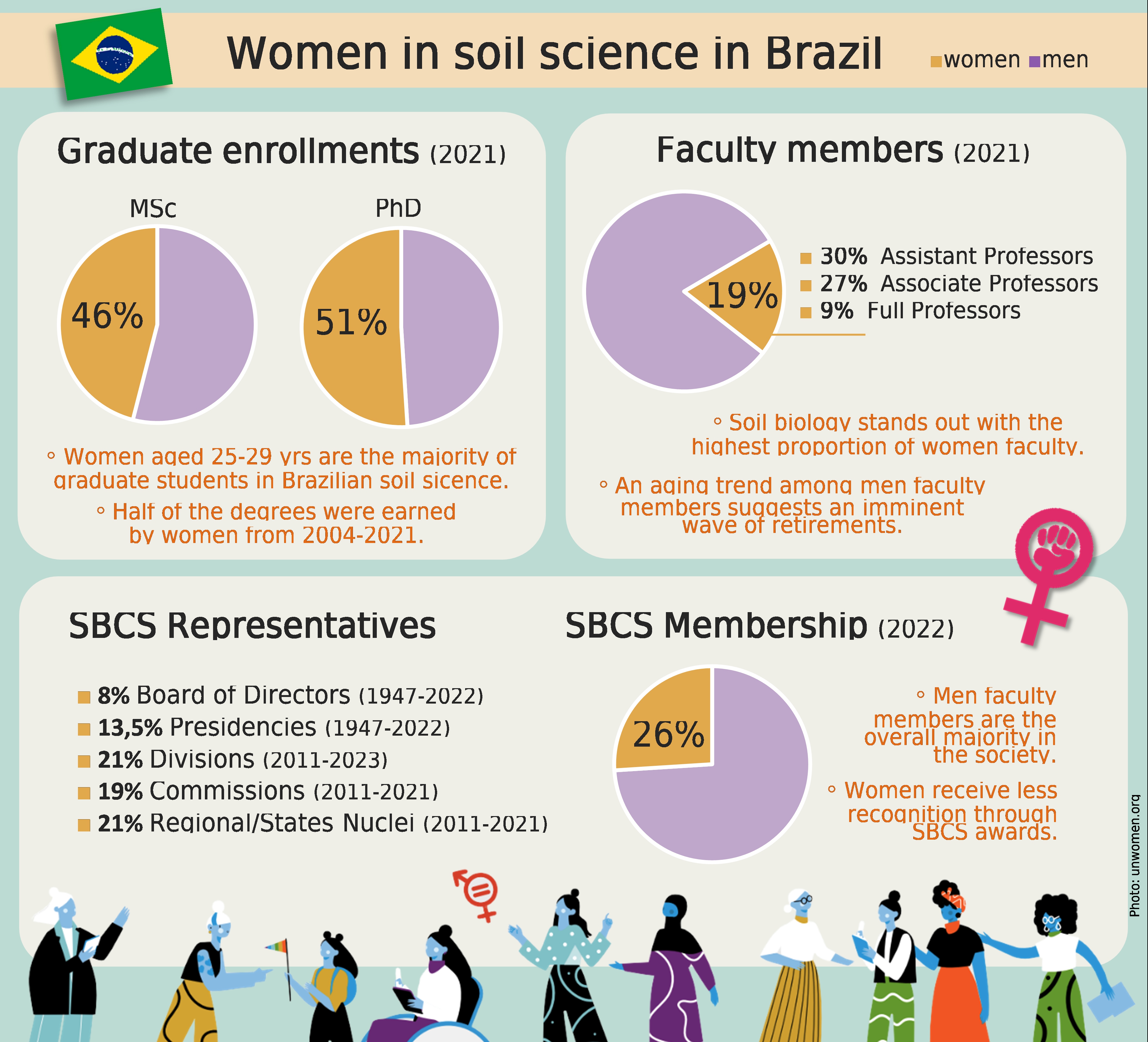Delineation of potential management zones for cowpea by factorial kriging and spatial Fuzzy C-Means of yield and soil chemical and texture properties
14/Jan/2025
ABSTRACT In precision agriculture, accurate delineation of management zones and understanding spatial variability of soil properties and crop yields are critical for optimizing resource allocation and improving productivity. Spatial variability of different environmental factors (soil and plants) is evident in several studies. Associations between the texture and chemical properties of the soil and cowpea yield have been tested, but a large, unexplained variance of ranges between kriged maps is usually reported. This suggests that a deeper exploration into the soil […]
Coconut residues increase light fraction of organic matter and water retention in semi-arid sandy soil under irrigated cultivation
16/Dec/2024
ABSTRACT Coconut palm cultivation is associated with the generation of a large amount of residues, mainly from coconut shells, and their utilization in agriculture can represent an opportunity in the context of circular economy and climate change. This study aimed to determine the effect of coconut shell deposition on carbon (C) stocks, organic matter quality, and soil water retention in coconut palm cultivation in the Brazilian semi-arid region. The study was conducted in a commercial coconut palm cultivation area in […]
Critical potassium concentrations for the initial cultivation of Cedrela fissilis Vell
16/Dec/2024
ABSTRACT Providing nutrients in optimum quantities is essential for increasing the productivity of timber species. Despite this, we know little about the actual potassium (K) requirements of native Amazonian Forest species. This study aimed to determine the critical level of K deficiency and toxicity for the initial cultivation of cedar. We grew Cedrela fissilis seedlings in a nutrient solution under the effect of five concentrations of K (0, 1, 2, 5, and 8 mmol L-1) in a completely randomized design […]
Effect of potassium rates and application methods in no-till on soil K availability and crop yield
16/Dec/2024
ABSTRACT The combination of potassium (K) fertilization with the adoption of no-tillage (NT) increases the concentration gradient of K in the soil, requiring subsurface layers to diagnose fertility. This study aimed to evaluate the effect of K rates applied in band or broadcast on the soil K availability and soybean and wheat yield. The study was established in 2019 on a Latossolo (Ferralsol) in the northwest of Rio Grande do Sul State, Brazil, under NT since 2002. Summer soybeans and […]
Soil fauna diversity in integrated production systems in the Brazilian Cerrado
12/Dec/2024
ABSTRACT Soil fauna is an important indicator of soil quality. This study aimed to evaluate soil fauna collected using pitfall traps and soil chemical and microbiological properties under different land uses in the Cerrado. The systems evaluated were soybean under 14-year no-till; soybean under 3-year no-till; eucalyptus rows; soybean grown between eucalyptus rows, and native Cerrado. Collected individuals were identified as classes, subclasses, order, or family classes. We evaluated the number of individuals trap-1 day-1, total richness, average richness, Shannon […]
Use of biochar as a component of substrates in horticulture and forestry: A review
12/Dec/2024
ABSTRACT Plant production in nurseries, both in the forestry and horticultural sectors, has a large demand for substrates, making the use of natural resources such as peat high. The composition of substrates must not only have the necessary characteristics for good plant development, such as porosity, density, and water retention, but also look for sustainable and economical production. Biochar is a material derived from the processing of various organic residues which, due to its physical and chemical characteristics, presents great […]
Accumulation and distribution dynamics of biomass, phosphorus, and starch in cassava fertilized with or without phosphorus during long growth cycles
12/Dec/2024
ABSTRACT Phosphorus (P) is one of the most important nutrients for plant growth. In cassava, P promotes plant growth and alters the synthesis and accumulation of starch in the storage roots. This study aimed to understand the dynamics of the accumulation and distribution of biomass, P, and starch in cassava plants fertilized with or without P during long growth cycles. A randomized block design with a split-plot scheme and four replicates was used. Plots were represented by the application of […]
Management of marandu grass pasture increases soil carbon and nitrogen stocks in silvopastoral systems in the Brazilian Cerrado
12/Dec/2024
ABSTRACT Integration of systems with pastures, using silvopastoral systems, can increase soil carbon levels, optimize land use, improve the quality and productivity of agricultural products, and promote the conservation of environmental resources. This study aimed to evaluate the influence of management practices of marandu grass at eucalyptus shading levels in a silvopastoral systems, on organic carbon and nitrogen stocks, and soil chemical properties in the Brazilian Cerrado. Environments with different light availability in the plots (SPS 55-60, SPS 50-55, SPS […]
Differences between Pseudobombax grandiflorum and Bauhinia forficata in terms of responsiveness and dependence to mycorrhiza
25/Nov/2024
ABSTRACT The benefits promoted by arbuscular mycorrhizal fungi (AMF) to forest species seedlings include higher growth rate, better nutrition, and higher survival rates. Inoculation with AMF may facilitate revegetation of degraded lands, although it depends on symbionts and environmental conditions, such as soil P availability. In this sense, the lack of information justifies the carrying out of studies of this nature. We investigated the dependence and responsiveness of two forest species native to the Atlantic Forest, Pseudobombax grandiflorum and Bauhinia […]
Gender equity in soil science in Brazil: Still at the beginning of a long journey
25/Nov/2024
ABSTRACT Current studies have highlighted a significant gender disparity in the field of soil science. However, the scarcity of research and data on this issue can hinder the urgent need to address it and effect meaningful changes. This was the first demographic survey of Brazilian soil science, focusing on gender composition over time at different academic and professional levels, as well as peer recognition. We examined the metrics of students and faculty from all Brazilian soil science graduate programs (2004-2021), […]

